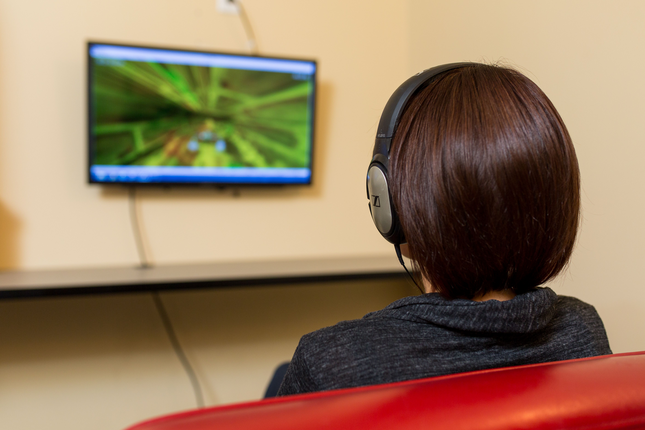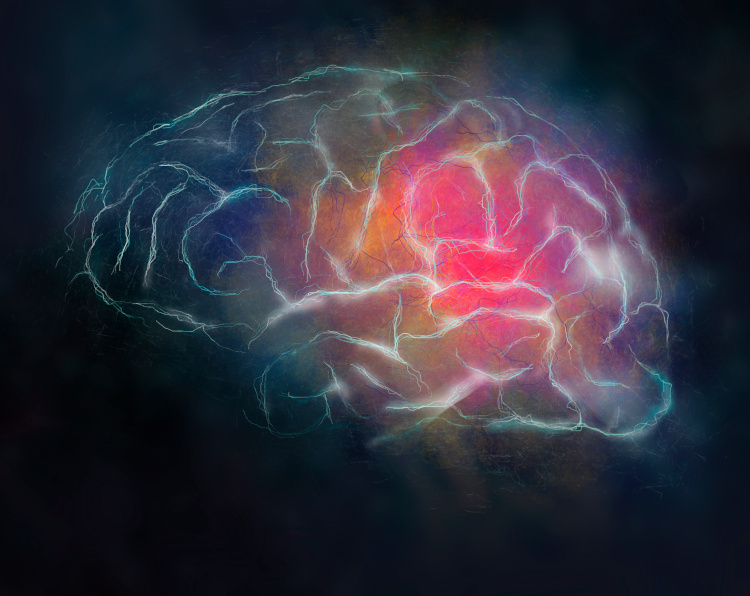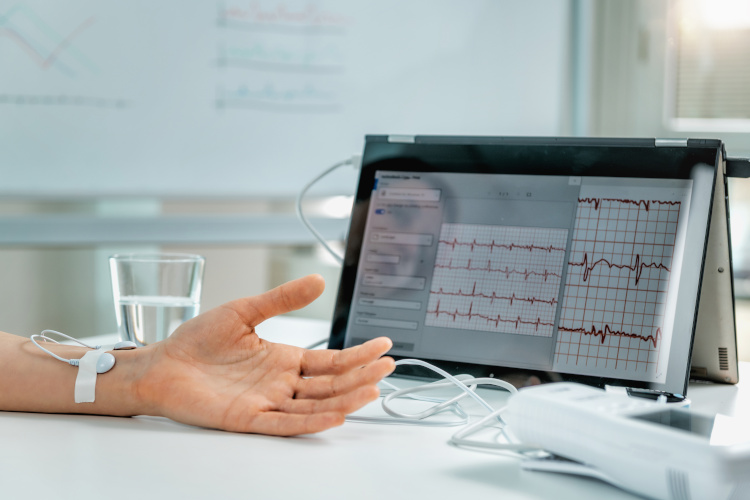What is Neurofeedback?
Neurofeedback, also referred to as EEG Biofeedback or Neurotherapy, is a state-of-the-art, therapeutic training tool that can be used to improve a variety of health conditions or increase personal potential.
An electroencephalogram (EEG) is used to monitor brain wave activity and “feedback” information to the brain about its activity. A Neurofeedback therapist provides the necessary instruction and interpretation to encourage the brain to function within a more appropriate pattern level. This involves increasing or decreasing certain brain wave frequency activities at certain locations. In effect, the brain learns to function with greater control and stability through self-regulation.
How does it work?
Sensors are applied to specific areas on the scalp and ears based on an individuals QEEG patterns using a special conductive paste. These sensors record and measures brain wave activity being used to perform a particular task. These frequencies are divided into bands that are displayed on a computer screen, which appear to the trainee in the form of an age appropriate video, video display or game.
During neurofeedback, the trainee effectively manipulates the video display using his/her brain to reach the mental state in which the desired brain wave is achieved. When the desired brain wave is reached, the brain is “rewarded” and learns to direct itself toward a more desirable performance level. The brain wave frequencies targeted are specific to each individual. There are no medications. The procedure is completely painless and non-invasive.
How might I feel afterwards?
Some people report feeling tired after sessions while others have said they feel immediately energized and focused.
When I am training in my sessions, what do I do?
During neurofeedback, trainees are often successful when they are in a relaxed and focused state. It may take some trial and error on the part of the trainee in order to figure out what they are doing, but with some coaching from the therapist almost anyone can be successful at training. Often people find that they do best when they focus intently and stay relaxed.
What should I expect?
Some patients report improvements in symptoms in as few as 3-5 sessions. For others, changes are noted after completing 10-20 sessions. Most published data suggests long term permanent changes are achieved after 40-50 sessions total.
What does neurofeedback do?
During neurofeedback, sensors are placed on the trainee’s scalp in order to measure brainwave activity. This activity is presented to the trainee who will then try to change the activity level. The trainee will try to increase certain frequencies, while decreasing other frequencies. Over time, the brainwave activity is shaped toward a more desirable state. The frequencies that are trained are specific to each individual based on the information collected by the QEEG assessment. Changes can be measured with subjective changes by the individual, and also with changes in baseline QEEG measures and standardized testing.





